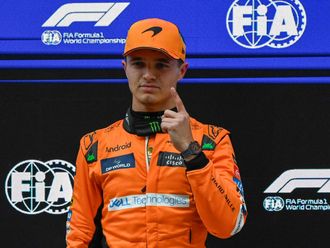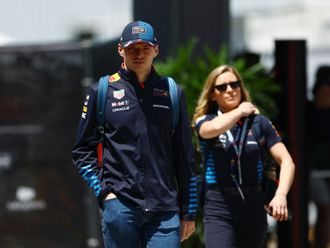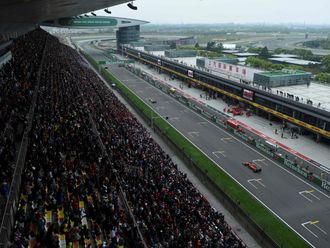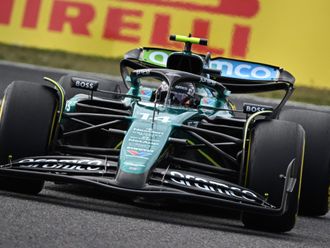Abu Dhabi: The 2017’s cars may be more powerful with the new regulation making them wider, heavier and run on fatter tyres. The wings will also be wider with the rear wing lower than the current one and understandably, the aerodynamic rules evolution will generate more speed, is what the FIA is vouching.
Nevertheless, there is scepticism and plenty of apprehensions on how much the rule change would make an impact on the teams in the Formula one 2017 season.
Force India’s chief operating officer Otmar Szafnauer felt that his team have their task cut out and they face a big challenge in front of them.
“Starting over without any carryover parts whatsoever has a massive impact on us. We also don’t have some of the infrastructure in place like those of the bigger teams. We source a lot of our parts from suppliers; we don’t make them ourselves — so that adds extra time. Our hopes are we’ve done a good job and others have screwed-up!” said Szafnauer, whose team is battling to finish fourth in the Constructors Championship with Williams.
Williams endorsed the same sentiments as their rivals but their financial stability for the moment has put them in a bit of comfort zone for some time, said deputy team principal Claire Williams.
“Fortunately, we’re in quite a comfortable financial position and with the regulations coming out when they did, we were able to start development work on next year’s car pretty early but that’s not to say we know where our performance is. Nobody does until we get to the first test and probably not until we get through the first few races where we know where everybody shakes out. But I think it presents a great opportunity for Formula One to potentially shake up the order,” said Williams.
Sauber’s Team Principal Monisha Kaltenborn was positive that there are exciting times ahead in the sport following the change and it has opened up opportunities.
“We want to be back next year in the midfield and we now also have the means to do that. Overall, we do hope that it’s going to make the sport exciting. I think everyone’s been quite critical about certain things which have been introduced so let’s just hope and see if it really mixes up the grid and we have something different next year,” said Kaltenborn.
For Manor’s owner Stephen Fitzpatrick, the situation is nothing new as they had built a new car in 2016 after missing out on the 2015 development due to limitations.
“There was such a big gap between where we were in 2014 and the other teams this year, so we’ve had to make that big step already. From Austria onwards, the team have been working exclusively on the 2017 programme, so a lot of work has gone in. We’ve really built up the resources of the team this year, we’ve moved to a great new facility; the wind tunnel facility at Mercedes and that’s led to a big step forwards in our aerodynamic development. So the team are hopeful,” said Fitzpatrick.
Mercedes, having dominated the scene for three years on the trot, have been the last one to endorse any change in rule and team principal Toto Wolff expressed his displeasure outrightly.
“Honestly, we weren’t big supporters of a regulation change. Not because we wanted to freeze the current situation. It’s clear that when regulations stay stable that eventually performance is going to converge,” said Toto adding that the wind tunnel may look very spectacular, very wide with the big tyres but for the drivers it will be much harder.
“The cars will be pulling more g through the corners. The simulations that we have seen are very exciting. The corners will be flat that are far from flat today — and we will be breaking records in terms of lap time. So, I guess, an exciting season that will be ahead of us. I hope that overtaking is not going to be too difficult because of the width of the car and the dirty air behind it — but let’s see. In hindsight, now that we are where we are, we have to do the best out of it.”
.












